Restorative dentistry plays a crucial role in repairing, renewing, and enhancing the function and appearance of teeth. This branch of dentistry focuses on treating dental issues such as decay, damage, and tooth loss, utilizing various techniques to restore optimal oral health. In this comprehensive guide, we will explore the key restorative dentistry techniques employed by dental professionals to rejuvenate smiles and promote lasting oral well-being.
- Dental Fillings: Dental fillings are a common and fundamental restorative technique used to treat cavities caused by tooth decay. The decayed portion of the tooth is removed, and the cavity is filled with materials such as amalgam, composite resin, or porcelain. This not only halts the progression of decay but also restores the tooth’s structure and function.
- Dental Crowns: Dental crowns, also known as caps, are customized restorations that cover damaged or weakened teeth. They are crafted from materials like porcelain, ceramic, or metal and are cemented onto the tooth, providing strength, protection, and an aesthetically pleasing appearance. Crowns are often used after root canal therapy or to reinforce a tooth with a large filling.
- Dental Bridges: Dental bridges are employed to replace missing teeth by bridging the gap between adjacent natural teeth. The bridge consists of artificial teeth (pontics) held in place by crowns attached to the neighboring teeth. This not only restores the patient’s smile but also prevents the shifting of surrounding teeth that can occur with tooth loss.
- Dental Implants: Dental implants are a revolutionary restorative technique for replacing missing teeth. A titanium implant is surgically placed into the jawbone, serving as an artificial tooth root. A crown is then attached to the implant, creating a stable and permanent tooth replacement that looks and functions like a natural tooth.
- Dentures: Dentures are removable appliances used to replace multiple missing teeth. They come in two types: partial dentures, which replace some missing teeth, and full dentures, which replace an entire arch of teeth. Dentures restore the ability to chew and speak while also providing support to facial muscles.
- Root Canal Therapy: Root canal therapy is a restorative procedure aimed at treating infected or inflamed tooth pulp. The damaged pulp is removed, and the root canal is cleaned, disinfected, and sealed. This procedure not only relieves pain but also saves the natural tooth from extraction, preserving its function and appearance.
- Inlays and Onlays: Inlays and onlays are restorations used to repair moderate tooth damage that may be too extensive for a filling but not severe enough for a crown. Inlays fit into the grooves of a tooth’s surface, while onlays cover a larger area, including one or more cusps. They are custom-made and provide a durable solution for restoring the tooth’s integrity.
- Teeth Whitening: While not strictly a restorative technique, teeth whitening is often considered part of restorative dentistry because it enhances the aesthetics of a smile. Professional teeth whitening treatments can effectively remove stains and discolorations, rejuvenating the appearance of teeth and boosting confidence.
Conclusion:
Restorative dentistry techniques play a vital role in addressing a range of dental issues, from decay and damage to tooth loss. These techniques not only restore the health and functionality of teeth but also contribute to the overall well-being and confidence of individuals. Whether it’s a simple dental filling or a more complex procedure like dental implants, restorative dentistry offers diverse solutions to cater to the unique needs of each patient, ensuring lasting oral health and a radiant smile.

